1947-1977
General Electric discharges as much as 1.3 million pounds of PCBs from its capacitor manufacturing plants at the Hudson Falls and Fort Edward facilities into the Hudson River.
1970
Journalist and Riverkeeper founder Bob Boyle has five striped bass from the Hudson River near Verplanck, NY, tested for pollutants. The results show abnormally high levels of PCBs. Boyle shares findings with the NYSDEC Fisheries Director. The findings are suppressed.
1973
Fort Edward dam is removed, causing large amounts of sediment to wash downstream and settle in the Hudson River, adding to existing contamination. These areas of highly concentrated contamination later became known as “PCB hotspots.”
1975
The New York State Department of Health begins to issue health advisories to limit consumption of fish from the Hudson River due to PCBs. Legal action brought against GE by the New York State Department of Environmental Conservation results in a $7 million program for the investigation of PCBs and the development of methods to reduce or remove the threat of contamination.
1976
Congress passes the Toxic Substances Control Act banning the manufacture of PCBs and prohibiting all uses except in totally enclosed systems.
DEC makes it illegal to fish in the upper Hudson from the Fort Edward Dam to the federal dam at Albany, closes Hudson River commercial fisheries, and warns people about the dangers of eating Hudson River fish.
GE and DEC sign a Consent Order to address direct PCB discharges from GE’s Hudson Falls and Fort Edward facilities.
1977
EPA makes it illegal to discharge any PCBs into navigable waters under the Clean Water Act. Production of all PCBs stops. PCB levels in the Hudson River decline significantly once GE stops active dumping, but PCB levels in fish remain at levels considered unsafe for human consumption.
1980
Congress passes the Comprehensive Environmental Response, Compensation and Liability Act (CERCLA), commonly known as Superfund.
1984
EPA classifies the 200-mile stretch of the Hudson River, from Hudson Falls to the Battery in New York City, as a federal Superfund site. EPA becomes the lead regulatory agency evaluating Hudson River environmental conditions.
EPA issues a Record of Decision (referred to as a ROD) identifying GE as the responsible party and calling for containment of remnant deposits. The 1984 ROD called for “No Action” regarding remediation of river bottom sediments.
1985
DEC closes commercial striped bass fisheries in New York Harbor and waters off western Long Island.
1989
DEC petitions EPA to reconsider the “No Action” decision for PCB contaminated river sediments in the upper Hudson. Thereafter, EPA begins a reassessment of environmental conditions in the Hudson River. This reassessment continues for 12 years.
1990
EPA and GE enter into a legal agreement which requires GE to cover areas of PCB-contaminated sediment that became exposed after the river water level dropped following the removal of the Fort Edward Dam. These areas are referred to as remnant deposit areas. GE covers 60 acres along the upper Hudson shoreline with 2 feet of soil and vegetation near Fort Edward to prevent the PCBs from leaching from the remnant deposit areas into the river.
1995
DEC reopens the upper Hudson River – from Baker’s Falls in the Village of Hudson Falls to the Federal Dam in Troy – to sport fishing on a catch-and-release basis only. The New York State Department of Health continues to recommend that people do not eat fish from the upper Hudson River, that children under 15 and women of child-bearing age do not eat fish from anywhere in the entire 200-mile length of the Hudson River PCBs Superfund Site, and that the general population does not eat most species of fish caught between the Federal Dam at Troy and Catskill. Commercial fishing for striped bass and several other species in the lower Hudson River remains closed.
1999
Due to direct-contact human health concerns, EPA removes approximately 4,400 tons of contaminated soil from Roger’s Island.
2002
In a new Record of Decision, EPA selects dredging as the remedy to address PCB-contaminated sediments of the upper Hudson River, as well as “monitored natural attenuation” of PCB contamination that remains in the Hudson River after dredging. The 2002 ROD calls for dredging to remove PCB-contaminated sediment from a 40-mile section of the upper Hudson River between Fort Edward and Troy, NY. Sampling of river sediments for dredging design is conducted from 2002-2005.
2004
The Hudson River PCBs Superfund Site Community Advisory Group holds its first official meeting to provide a way for communities and stakeholders to discuss their needs and concerns. It offers EPA an opportunity to hear and consider community input on the design and impacts of the selected remedy. Today Riverkeeper is an active member of the CAG.
2006
After battling for two decades to avoid the cleanup project, GE and EPA enter into a legal agreement to carry out the work called for in the 2002 ROD.
2007
EPA and GE entered into a legal agreement which requires GE to reduce exposure to PCBs in four general areas along the upper Hudson River where elevated levels of PCBs in floodplain soil could potentially present an unacceptable risk to public health and the environment. The settlement agreement requires GE to install warning signs, cover soils to prevent exposure to PCBs, and periodically monitor and maintain the areas.
2009
Phase 1 dredging is conducted from May through November. About 283,000 cubic yards of contaminated sediment are removed from a 6-mile stretch of the Upper Hudson River near Fort Edward.
2011
Phase 2 begins in June to remove the remainder of the contaminated river sediment targeted for dredging. Approximately 2.5 million cubic yards is dredged. In all, over six seasons of dredging, approximately 2.75 million cubic yards of PCB-contaminated sediment in the upper Hudson are removed from the river bottom.
2012
EPA issues its first five-year review (FYR) report on the upper Hudson River remedy.
2014
GE agrees to perform a comprehensive assessment of the Hudson River shoreline from Fort Edward to Troy, NY. This will include a human health and ecological risk-based assessment of PCB contamination of over 40 miles of floodplain encompassing more than 3,000 properties extending from Hudson Falls to Troy.
2015
The dredging project is completed in the upper Hudson River.
2016
GE performs the final year of one of the largest aquatic replanting programs ever undertaken, in areas where dredging was performed.
GE requests a certificate of completion from the EPA.
2017
EPA releases a draft of its second FYR of the cleanup concluding that cleanup efforts were implemented successfully and that the data was “encouraging.”
2019
EPA releases its final second FYR report with a determination of “protectiveness deferred.” This means that the agency lacks sufficient data to declare that all human and ecological risks are under control. In fact, the data already show that the public will be exposed to higher health risks than EPA anticipated, because short term targets will not be met.
EPA issues a “Certification of Completion of the Remedial Action” to GE the same day it issued its final second FYR. Scenic Hudson and Riverkeeper strongly condemn EPA for issuing the certification while simultaneously admitting that the Superfund project has not achieved its mandated goal to be “protective of human health and the environment.”
New York State sues the EPA for issuing GE the certificate of completion, noting that PCB levels remain “dangerously high” in portions of the river.
2021
A federal judge affirms that EPA correctly issued GE a Certificate of Competition for the dredging project.
2022
A legal agreement directs GE to fund a study of contamination throughout the lower Hudson, the entire 160-mile stretch from the Federal Dam at Troy south to New York City. Riverkeeper and Scenic Hudson renew their call for a much more extensive “Remedial Investigation / Feasibility Study.” Such a study is a necessary step before any remedial action can take place.
2023
GE begins to sample water, fish and sediment as part of an investigation of the lower Hudson River. The results of the sampling will be used to improve EPA’s understanding of the lower River and inform EPA’s investigations moving forward. GE remains legally responsible for its PCBs in the Hudson River, including the lower portion of the river. EPA is continuing to evaluate whether others may also be responsible for PCBs, as well as other contamination in the lower Hudson.
This year, EPA will release its third five-year review of the cleanup action. The purpose of this third FYR is to determine whether the remedial actions at the Hudson River PCBs Superfund site are protective of public health and the environment and functioning as designed. Riverkeeper is advocating for a “not protective” determination based on its independent technical review of the data available. It is clear based on the available evidence that the Hudson River is not on track to recover within the timelines set forth in the 2002 ROD. Riverkeeper will request a 90-day comment period to provide input on the FYR. The public’s voice will continue to be critical in achieving the cleanup the Hudson River needs and deserves.


